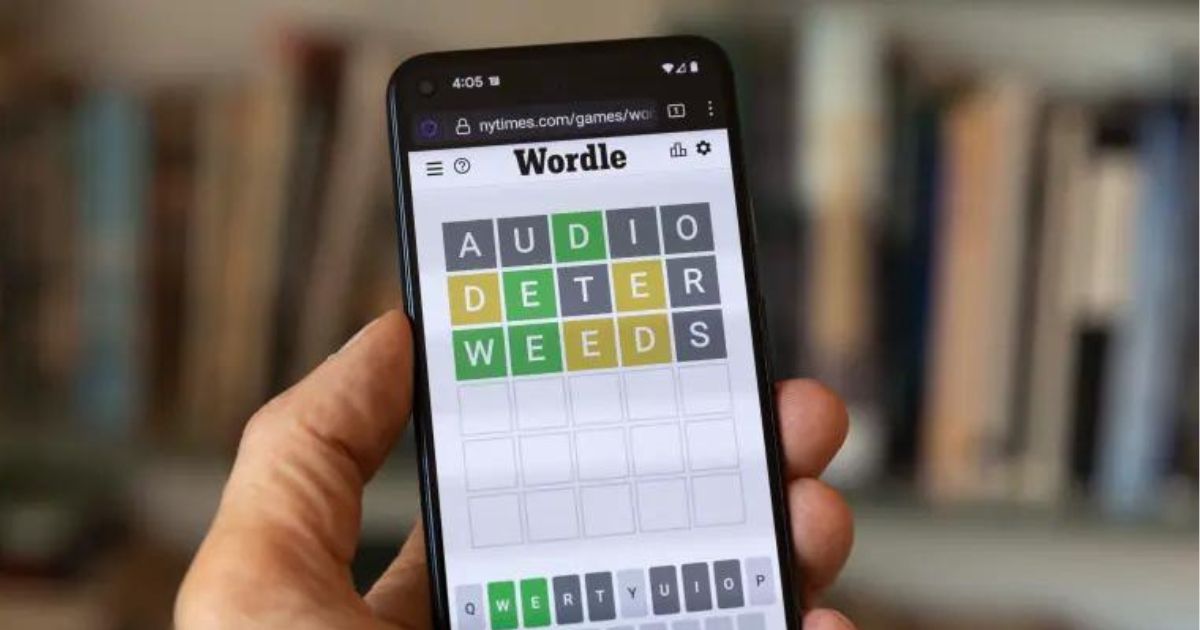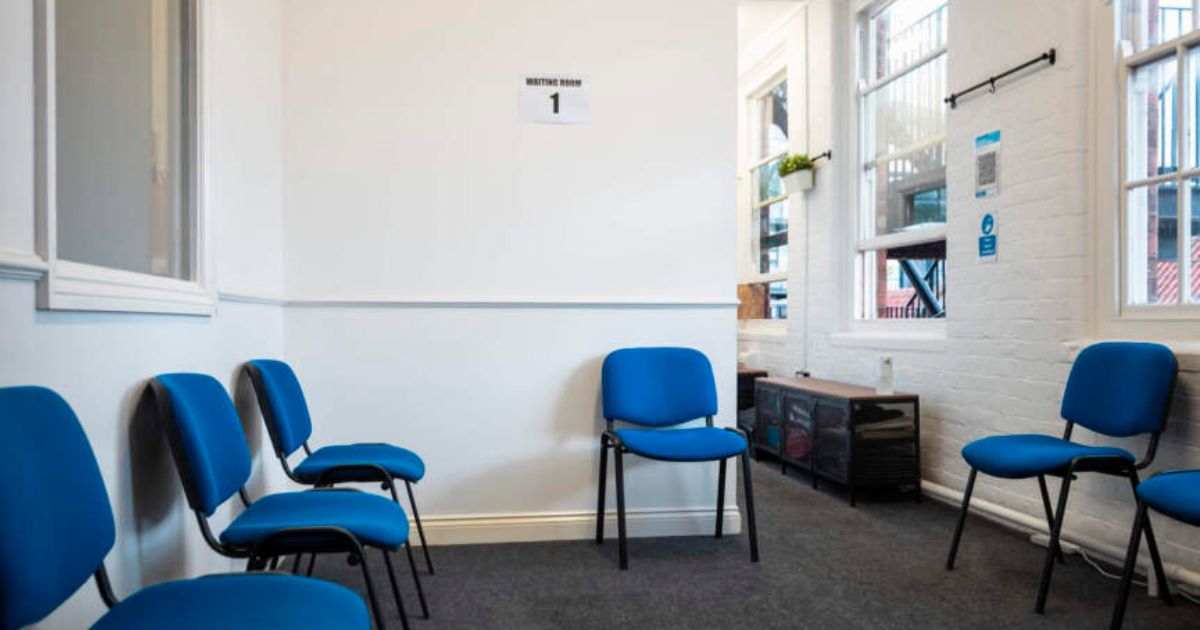As the holiday season unfolds, a common belief persists that December witnesses an increase in suicides. However, recent research challenges this myth, revealing that not only does December have the fewest suicides, but media outlets play a substantial role in perpetuating the misconception about holiday suicides.
Contrary to popular belief, the Annenberg Public Policy Center at the University of Pennsylvania reports that December registers the fewest suicides, with the average number of U.S. suicides per day in November and December of 2022 ranking as the lowest months of that year. This data contradicts the widespread belief that suicides surge during the holiday season.
The center’s study points out that, as recently as 2022 to 2023, 40% of news stories connecting the holidays with suicide incorrectly supported the myth of an increased suicide rate during this period.
This perpetuation of misinformation has contributed to approximately 80% of adults incorrectly identifying December as the month with the highest number of suicides. The Annenberg Center has been monitoring media organizations since 1999, revealing that almost half of U.S. news outlets continue to inaccurately report a higher rate of suicide during the holiday season.
Dan Romer, the research director of the Annenberg Public Policy Center, notes the unfortunate influence of media on public opinion, stating that persistent misimpressions about holidays and suicide persist.
However, he acknowledges a positive trend with 60% of news outlets debunking the myth, suggesting an increasing number of media organizations fact-checking their information.
Holiday Suicides Myth Uncovered
The Centers for Disease Control and Prevention (CDC) further supports the evidence, indicating that the months with the highest suicide rates in 2022 were June, followed by May, July, and August.
Notably, July has historically recorded the highest rate of suicide, challenging the assumption that cold, gloomy weather during December translates to a higher risk of depression or suicide.
Southern Hemisphere data from Australia and Brazil, where the seasons are reversed, align with this trend. In these regions, late spring and summer months from November through March experience higher rates of suicide deaths, peaking during mid-summer, particularly in January and February.
Romer emphasizes that the seasonal variation in suicide rates is a significant factor, with lower rates during the U.S. holidays primarily due to the winter season. He dispels the psychological association between the shorter, gloomier days of winter and suicide, emphasizing that reality contradicts this perception.
Mental health experts express concern about the potential harm caused by perpetuating falsehoods regarding suicide rates. Dr. Alecia Vogel-Hammen, assistant fellowship director for research at Washington University School of Medicine in St. Louis, warns against sensationalizing the risk of suicide, emphasizing the need to avoid conveying the false notion that more people die by suicide during the holiday season.
Such misconceptions can be detrimental to individuals struggling with mental health issues, contributing to a distorted perception of the prevalence of suicide events.
In conclusion, the myth of increased suicides during the holiday season faces scrutiny as research and data consistently debunk this perception.
Despite the persistence of misinformation in media reporting, efforts to fact-check information are on the rise. This revelation prompts a reevaluation of societal beliefs surrounding mental health during the holiday season and emphasizes the importance of accurate reporting to prevent unwarranted fear and stigma.








Leave a Reply
You must be logged in to post a comment.